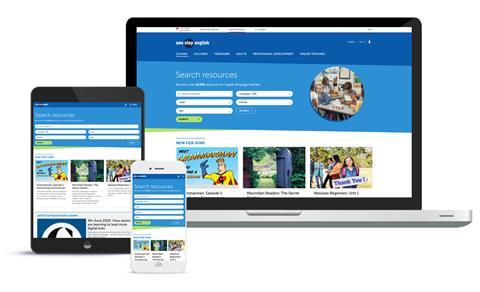Close menu
- Home
-
Children
- Back to parent navigation item
- Children
- CLIL
- Grammar
- Sustainable Development and Global Citizenship
- Support for Teaching Children
- Vocabulary & Phonics
- Warmers & Fillers
- Topics & Themes
- Teenagers
-
Adults
- Back to parent navigation item
- Adults
- Business and ESP
- ESOL
- Exams
- General English
- Grammar
- Skills
- Support for Teaching Adults
- Sustainable Development and Global Citizenship
- Vocabulary
- Professional Development
- Online Teaching
Challenges in ELT: Teaching online
Experienced teacher and blogger Cecilia Nobre shares her experiences and top tips for successfully teaching online.
You have no more free resources left
Already a registered user or subscriber? Sign in.

We’re glad to see that you’re enjoying onestopenglish.
Please register to continue accessing resources.
It also helps us understand you better. This means we can continue to improve onestopenglish based on your needs and start to serve up more relevant content.
It’s free and takes just a few minutesREGISTER
Join onestopenglish today
With more than 700,000 registered users in over 100 countries around the world, Onestopenglish is the number one resource site for English language teachers, providing access to thousands of resources, including lesson plans, worksheets, audio, video and flashcards.
Follow us and connect...
©Macmillan Education Limited 2023. Company number: 1755588 VAT number: 199440621
Site powered by Webvision Cloud
